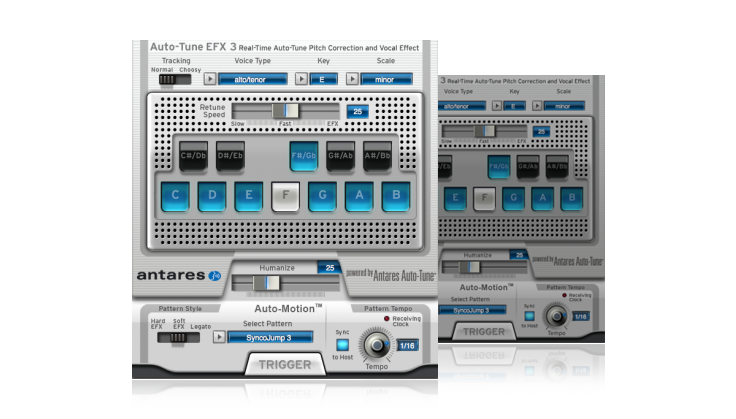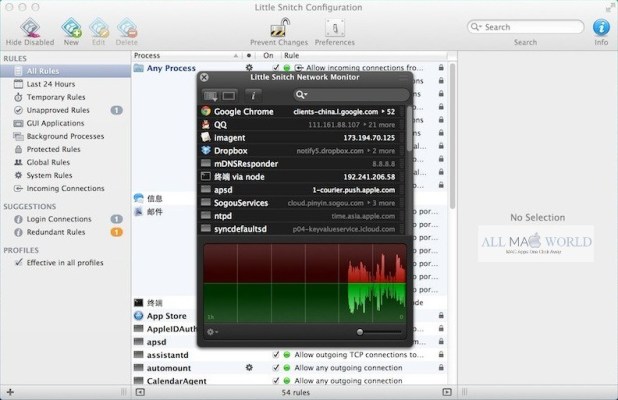
Using the previous example, you might see an alert that Google Chrome is trying to connect, using port 80, to Click Details to get even-more-detailed information. But even these passes are explicitly allowed via rules that you can view, with descriptions, in the Little Snitch Configuration app.įor previously unknown connections, Little Snitch presents a dialog box that shows you the requesting app’s icon, its name, and what it’s attempting to do. Many OS X system daemons, autonomous bits of low-level software, also get preapproved. Little Snitch comes configured to allow common activities-for example, Safari requesting data from port 80 (standard Web pages) and port 443 (https-secured pages)-to pass through without notice. (An IP address is a destination, like an apartment building a port is like a specific apartment within the building.) Should Little Snitch let it proceed, and, if so, for how long and with what limits? The utility even differentiates between IP addresses and ports. For instance, launch Google Chrome, and Little Snitch warns you that the browser is attempting to connect to (to check for updates, ostensibly). Previous versions, Little Snitch’s most obvious use is in alerting you to the network activity of applications and low-level software. You have many options to control whether this connection is blocked, and for how long and to what degree of specificity. Little Snitch offers this type of functionality, but it reveals this power in stages, allowing a simple approach for those who want security without fuss, while using configurable rules to provide levels of deeper and deeper access for those who want more-precise control.Ī dialog explains that BBEdit is trying to reach a remote server. But the OS X firewall can’t be configured to allow a connection from a particular Internet protocol (IP) address.

OS X’s built-in firewall, when enabled, functions based on services and applications, allowing only inbound connections aimed at particular pieces of software-for example, a connection to iPhoto’s shared-library service.

Little Snitch has graduated from being a sort of outbound-only firewall with notifications to being a full-fledged firewall product with a friendly interface that informs you about any network-related activities. The latest update to the software adds inbound-connection management, too. Little Snitch 3 intercepts these requests and presents them to you for inspection and approval.

Apps, and even the OS itself, regularly reach out to the rest of your local network and to the Internet to probe, query, and blab. Our Macs can be chatty even when we wish they weren’t.


 0 kommentar(er)
0 kommentar(er)
